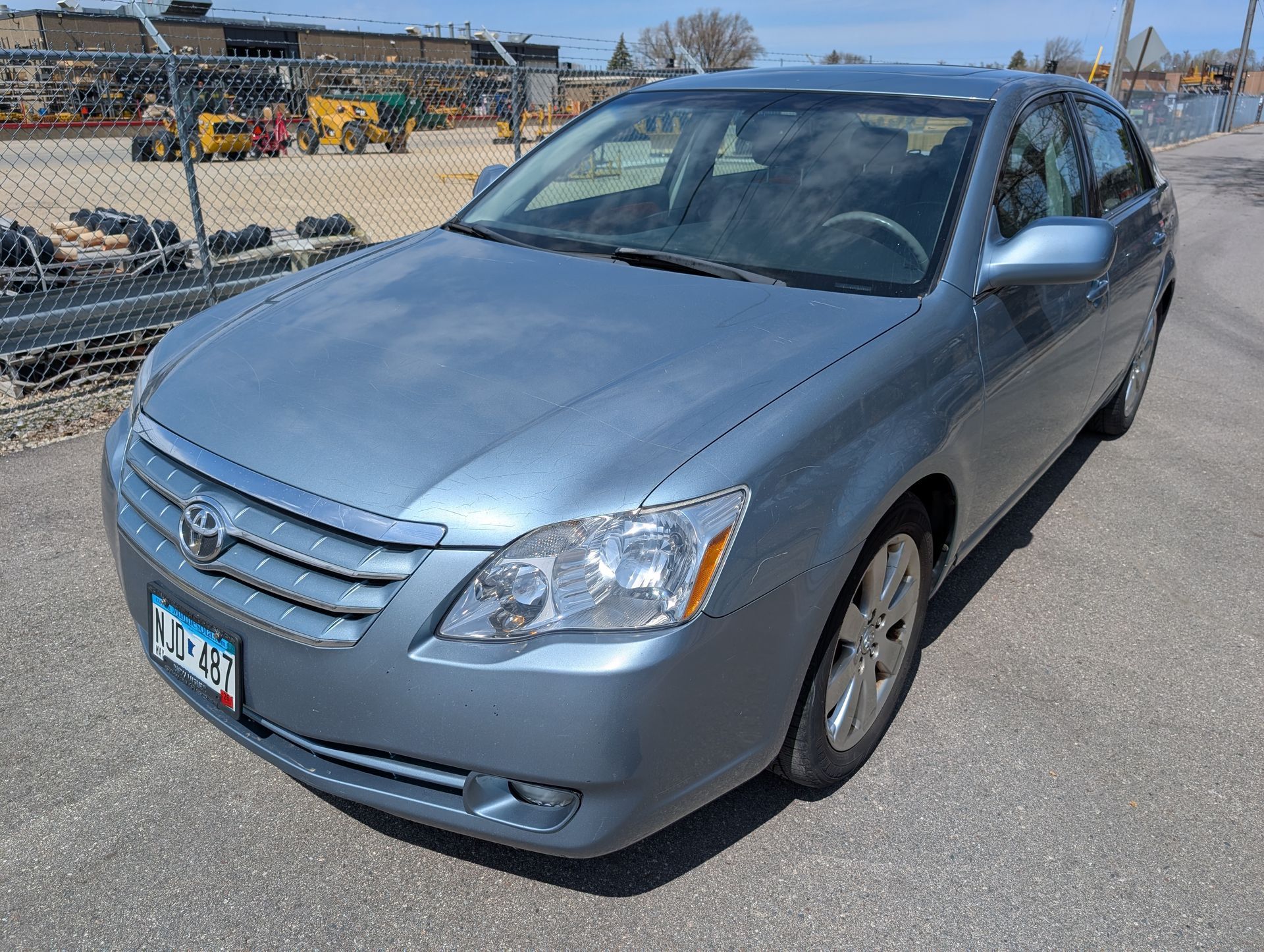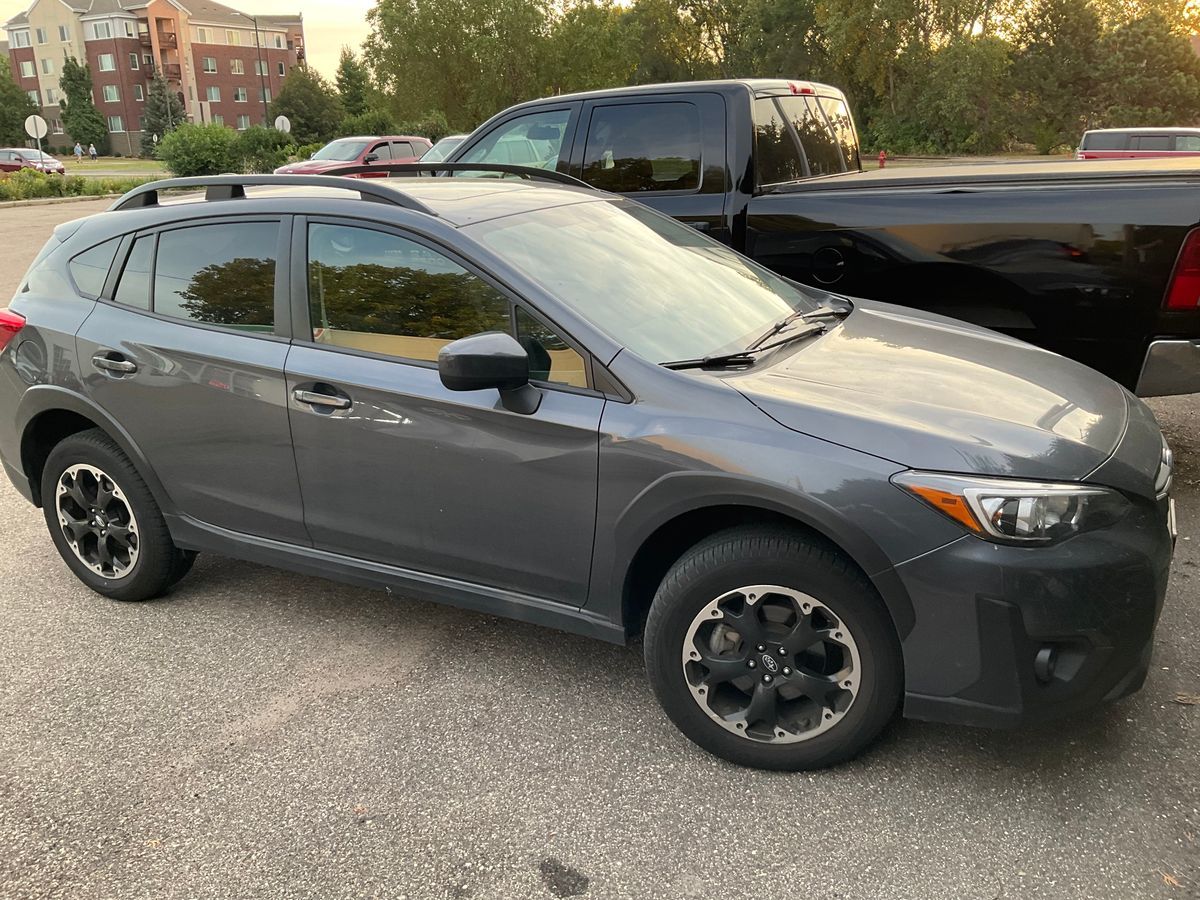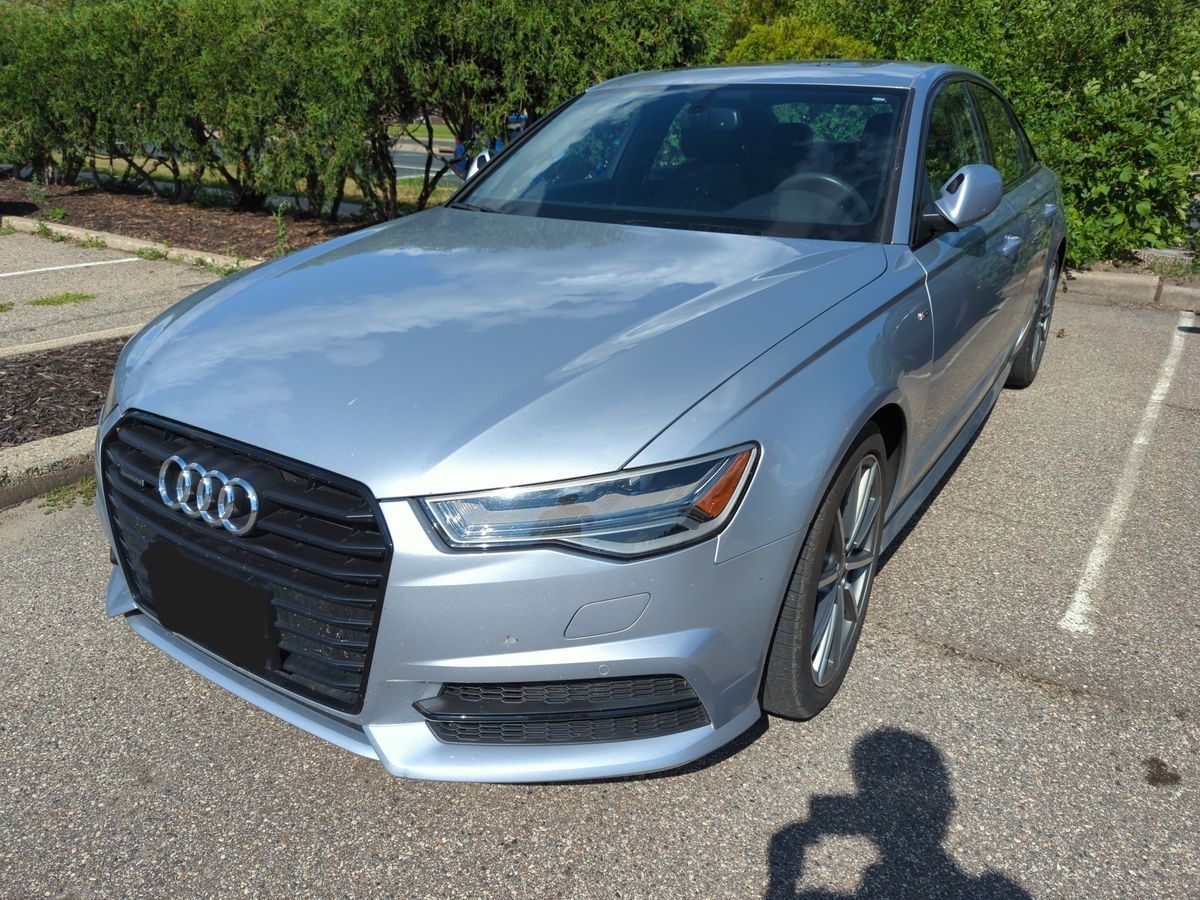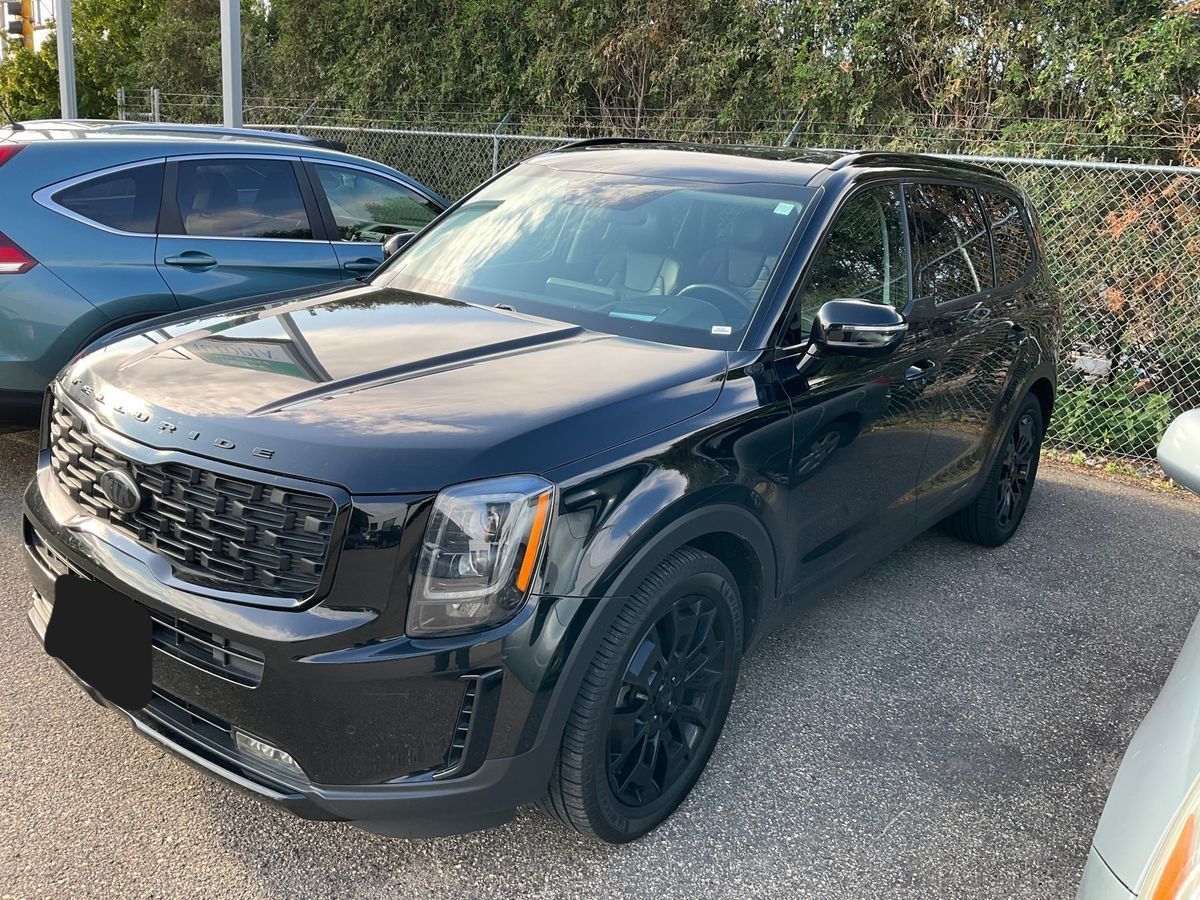Blog #133: Mitsubishi Owners: How to Avoid Costly Timing Belt Failure
Blog #133: Mitsubishi Owners: How to Avoid Costly Timing Belt Failure
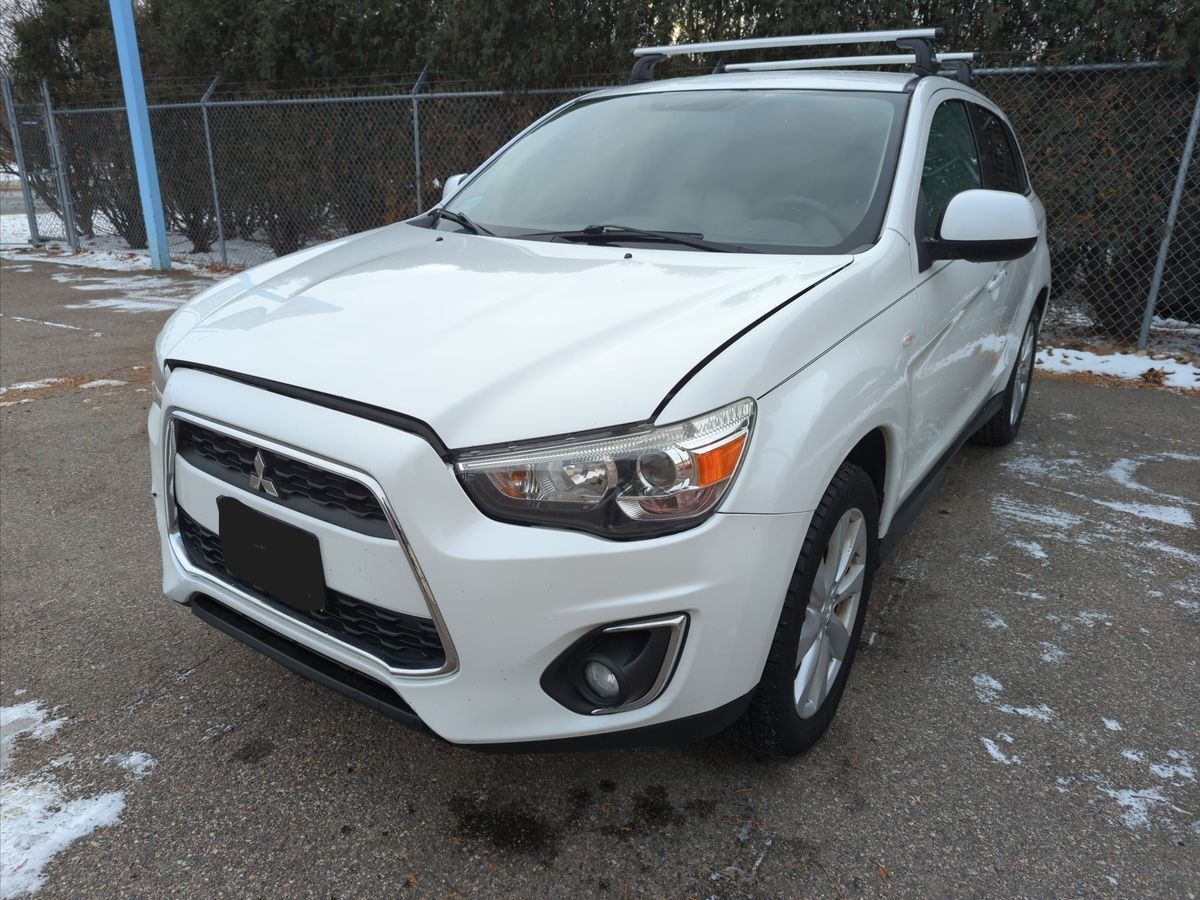
Your
Mitsubishi is built for reliability and performance, but one overlooked component can turn routine driving into a costly repair nightmare: the
timing belt. At
Autopia Bloomington, we often see Mitsubishi owners facing engine damage because timing belts were ignored, worn, or improperly serviced.
A timing belt keeps your engine’s camshaft and crankshaft in sync. If it fails, pistons can collide with valves, causing catastrophic engine damage—and repair costs that can run into thousands of dollars.
In this guide, we’ll explain why timing belt maintenance is critical, how to spot warning signs, and what Mitsubishi owners in Bloomington can do to avoid expensive repairs.
Why Timing Belts Matter
Unlike a chain-driven engine, a timing belt is a high-strength rubber belt with teeth that keep your engine components moving in perfect coordination. If it snaps:
- Engine stops immediately, leaving you stranded
- Internal damage can occur, including bent valves or broken pistons
- Repairs can cost thousands, sometimes requiring full engine replacement
Routine inspections and replacements are far cheaper than repairing a broken timing belt.
Common Causes of Timing Belt Failure
Age and Mileage
Timing belts degrade over time. Even if your Mitsubishi drives smoothly, belts naturally wear, harden, and lose flexibility. Most manufacturers recommend replacement every 60,000–100,000 miles depending on the model.
Oil Contamination
Leaks from nearby seals can coat the belt in oil, weakening the rubber and increasing the risk of snapping.
Tensioner or Pulley Wear
The belt tensioner and pulleys keep the belt tight. If these components fail, the belt can slip or break unexpectedly.
Neglected Maintenance
Skipping recommended maintenance intervals puts your engine at risk. Many timing belt failures could have been prevented with timely inspections.
Warning Signs Your Timing Belt May Need Attention
Even before failure, a worn timing belt may give subtle hints:
- Squealing or ticking noises from the front of the engine
- Rough engine performance or misfires
- Oil leaks near the timing belt cover
- Difficulty starting the engine
If you notice any of these signs, schedule an inspection immediately at Autopia Bloomington. Early detection can save your engine and your wallet.
Mitsubishi Timing Belt Maintenance Best Practices
Preventing timing belt failure is straightforward when you follow manufacturer recommendations:
- Replace the belt at the recommended interval (typically 60,000–100,000 miles)
- Inspect belt and tensioners regularly for signs of wear, cracks, or fraying
- Check for oil leaks that could damage the belt
- Replace water pump at the same time as the timing belt, if applicable, to save on labor costs
At Autopia Bloomington, we specialize in Mitsubishi engines and provide expert timing belt inspections, replacements, and preventative care to ensure your vehicle stays reliable.
Why DIY Isn’t Recommended
Timing belt replacement is a precise job. Misalignment by even a small degree can result in:
- Engine misfires
- Poor performance
- Severe engine damage
Trusting an experienced technician at Autopia Bloomington ensures your timing belt is replaced according to manufacturer specifications, with all associated components checked and replaced as needed.
FAQs: Mitsubishi Timing Belt Care
Q: How often should I replace my Mitsubishi timing belt?
A: Most models recommend replacement between 60,000–100,000 miles. Check your owner’s manual for exact intervals.
Q: Can I drive a Mitsubishi with a worn timing belt?
A: It’s risky. A worn or damaged belt can fail without warning, potentially causing catastrophic engine damage.
Q: Is replacing a timing belt expensive?
A: Replacing a timing belt is far cheaper than repairing engine damage caused by a broken belt. Costs vary by model but are a wise investment in long-term reliability.
Q: Do I need other components replaced when changing the timing belt?
A: Yes. Tensioners, pulleys, and sometimes the water pump are typically replaced at the same time for optimal performance.
Q: Why should I choose Autopia Bloomington for this service?
A: Our technicians specialize in Mitsubishi maintenance, use high-quality OEM or equivalent parts, and ensure precise timing belt alignment. You get peace of mind and long-term reliability.
Protect Your Mitsubishi Engine Today
Timing belt failure is one of the most preventable yet costly mistakes a Mitsubishi owner can make. Routine maintenance and timely replacements ensure your engine runs smoothly, efficiently, and reliably for years to come.
At Autopia Bloomington, we provide full timing belt services, including inspections, replacements, and component checks, all performed with precision and care. Don’t wait for a breakdown—schedule your Mitsubishi timing belt service today and protect your engine from unnecessary damage.





